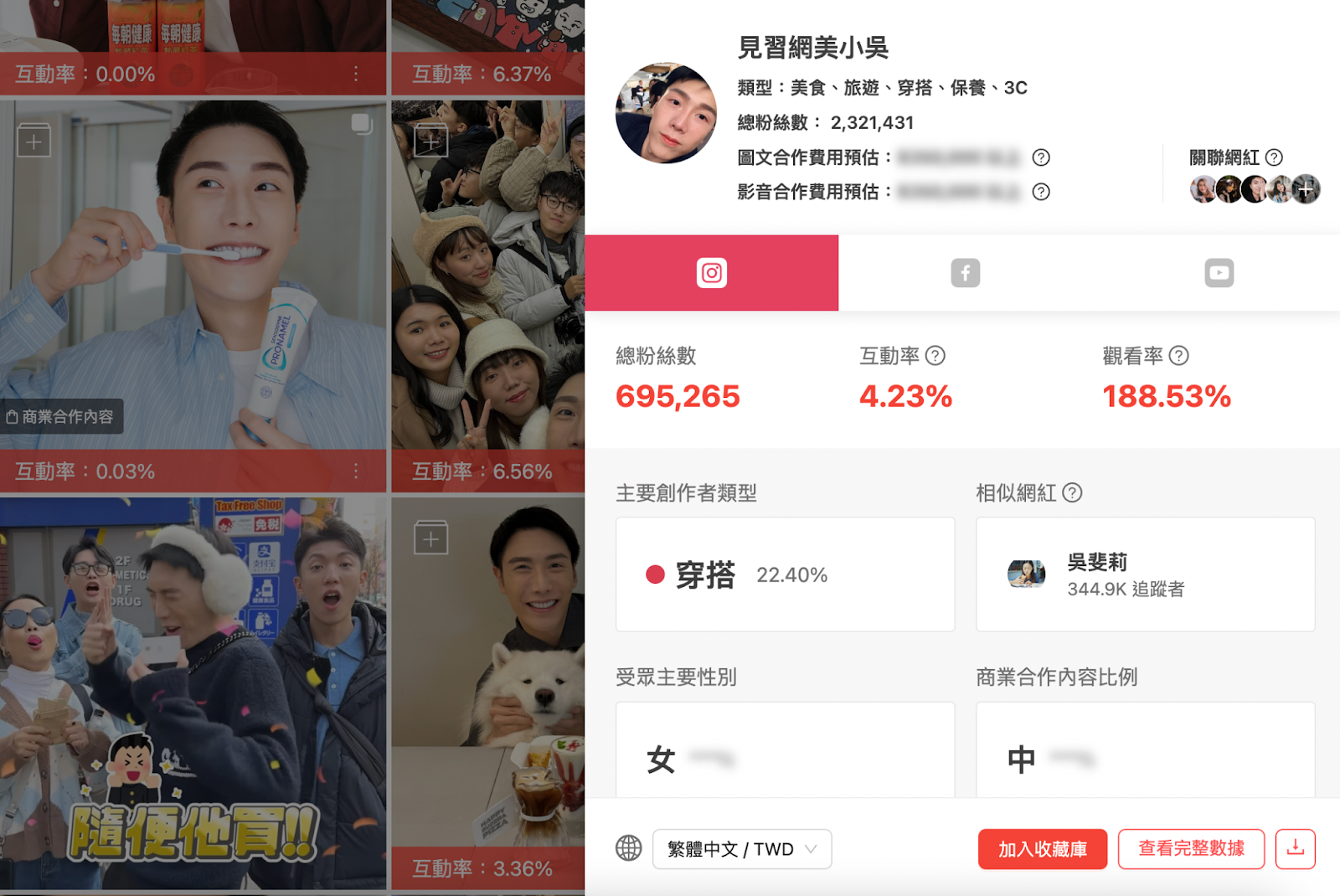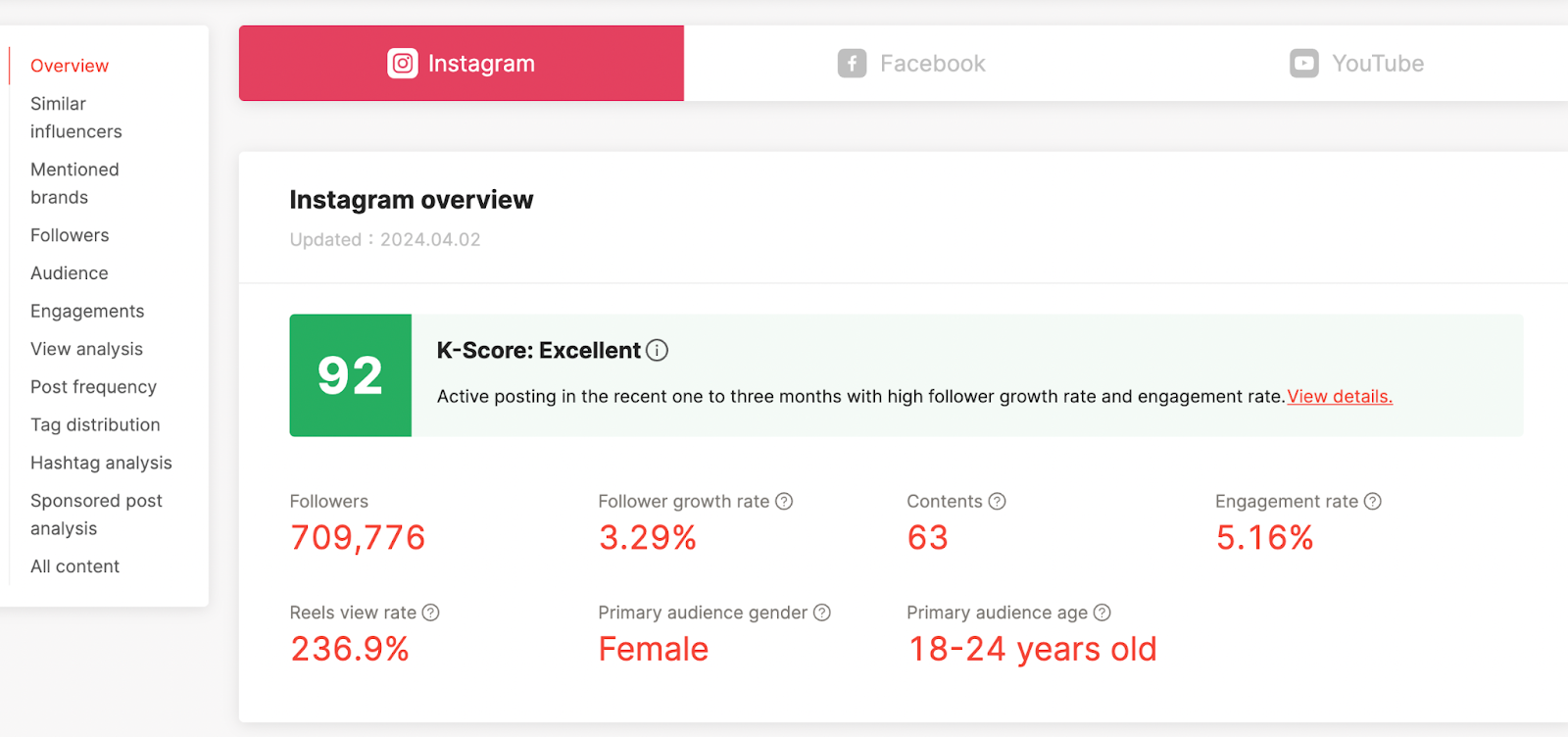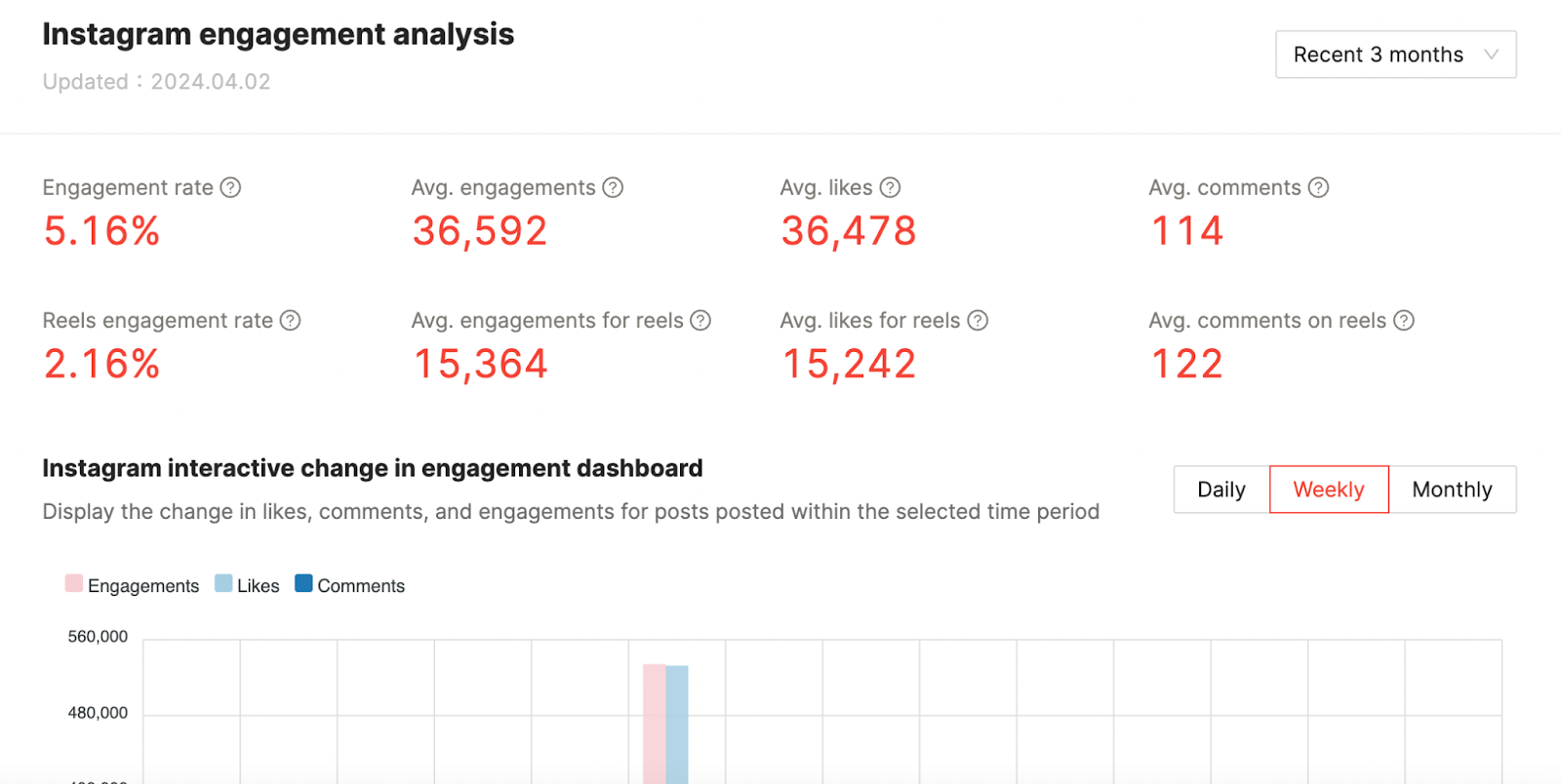The SMART principle is a framework for goal setting that can be applied in various fields such as management, marketing, etc. It helps teams and individuals make goals more concrete and increase efficiency.
SMART is an acronym for five English words: Specific, Measurable, Achievable, Relevant, and Time-bound. This principle makes goal setting a task that everyone can easily accomplish!
So, how can we apply the SMART principle in influencer marketing? Allow KOL Radar to show you the way!
What is the SMART principle?
S – Specific
Goals should be specific and clear. Avoid using vague terms like “several times” or “good” as goals. KOL Radar suggests setting goals using specific wordings such as “increase fan base to become a medium-sized influencer” or “become the influencer with the highest engagement rate.” Vague goals like “achieving good marketing results,” “making good progress in engagement,” or “redeeming discount codes multiple times” should be avoided. Specific goals help you quickly establish marketing direction. Otherwise, you may easily lose direction during the marketing process and fail to achieve the expected results.
M – Measurable
Goals need to be presented in a quantifiable manner. Defining effectiveness in clear numbers is necessary so that you will know if the goal has been achieved. KOL Radar suggests setting goals such as “grow by 30%,” “increase discount code redemptions by 500,” or “increase fan base by 5,000.” Through quantifiable numbers, you can understand how far you are from your goal and how much more effort is needed. If you find that you are still quite far from achieving your goal, you need to consider adjusting your strategy. When setting measurable numbers, we suggest you do not set them to be too difficult or too easy, as this may hinder the continuous optimization of marketing results.
A- Attainable
Goals should be challenging, but at the same time, consider the difficulty level of the goal. If the difficulty is too high, it may lead to challenges as to its execution, but if the goal is too simple, it may demotivate you from working harder since it is easily achievable. Let’s say your current score is 30, but your teacher wants you to obtain 99 the next time. Don’t you feel like giving up because scoring 99 requires a lot of effort and a complete change in your previous studying pattern? On the contrary, if you only need to improve to 35 next time, you’ll feel as if you can achieve the goal with minimal effort. Thus, you will lose the motivation to study. Through these simple examples, we know that besides making goals specific and measurable when setting them, we also need to consider our abilities in achieving them and whether the goal is reasonable.
R – Relevant
Understand why you set this goal. What benefit can attaining the goal bring? Does the goal meet expectations? When setting a goal, consider whether it conflicts with other goals. Also, avoid setting too many goals simultaneously because it will lead to you spreading yourself too thin, and you will be unable to achieve all of them. On top of that, consider whether the goal is consistent with the real-time situation in the market and adjust marketing strategies accordingly to maximize benefits.
T – Time-Bound
Set a deadline for a goal, for example, to increase engagement by 20% before June 2024. Having a deadline can motivate the brand or company to execute the goal more actively. Besides setting long-term goals, divide the goals and consider which short-term goals can be achieved within weeks or months. Hypothetically, if June 2024 is the deadline for your goal, what are your short-term goals for each week or month leading up to that main deadline? By setting goal deadlines and dividing time, achieving and tracking goals becomes easier. However, it is important to note that the timeframe for setting goals should not be too long or too short, as it may reduce motivation during the execution process.
How to Apply the SMART Principle in Influencer Marketing?
1. Set Clear Influencer Marketing Goals
If “product awareness” is the goal set for an influencer marketing campaign, how can we apply the SMART principle? First, use S (Specific) to set specific and clear goals. Modify the goal to “increase awareness of flagship product by 20%.” From this goal, it’s clear that the aim is to enhance the awareness of the brand’s flagship product by 20%, thus meeting the criteria of specific goal-setting.
After setting the goal, KOL Radar suggests considering the difficulty of the goal and using R (Relevant) to examine its relevance. Ask yourself the following questions: Can increasing awareness effectively generate more revenue for the brand? Is this goal aligned with other brand objectives? Does it maintain goal consistency?
2. How to Find the Right Influencers to Achieve the Goal?
There are many ways to increase awareness of flagship products, and brands need to consider how to achieve this when setting goals. What existing resources does the brand have? We’ll use “influencer marketing” as an example. If a brand wants to carry out marketing via influencers using social media as a medium, it can select influencers who fit the brand image or screen influencers based on factors such as popularity, number of followers, and engagement rates. This makes influencer marketing a crucial medium for achieving the goal.
For example, the beauty and skincare brand, Kiehl’s, not only frequently interacts with fans on social media but also collaborates with many beauty influencers. For its anti-aging products, Kiehl’s partnered with influencers who align with the brand image, such as those known for their age-defying beauty, to promote the products.

Source: Emily Yu
3. Quantifying Data and Instantly Assessing the Effectiveness of Influencer Marketing
In the SMART principle, M (Measurable) is a crucial factor when setting goals. How can we measure data in influencer marketing? KOL Radar suggests using metrics such as views, engagement rates, reach, conversion rates, or the number of influencer discount code redemptions as standards for data measurement. By observing the growth of these metrics, we can determine whether product awareness has increased and identify which data points have not yet reached the goal and need further improvement. Continuous strategy adjustments are essential during the execution stage.
For example, we can analyze the real-time effectiveness of influencer posts through the KOL Radar free extension. KOL Radar’s AI influencer data and analysis plugin helps brands instantly understand the effectiveness of influencer posts by insightfully analyzing influencer post indicators. If you want to view more detailed influencer data, the KOL Radar free extension also allows one-click access to the influencer’s personal data page.


4. Clearly Set Goal Deadlines
In addition to setting specific influencer marketing goals, it’s also essential to establish clear goal deadlines. Take, for example, the influencer marketing goal of increasing awareness of the flagship product by 20%. Set a deadline of six months for achieving this goal. Within this six-month period, you can allocate more specific monthly goals, breaking down the overarching goal into smaller achievable targets over the course of half a year. This significantly boosts motivation to accomplish the goals!
Kol Radar’s Influencer Data Analysis Makes Goal Setting Easier!
KOL Radar boasts powerful AI influencer data analysis capabilities that enables brands to observe the effectiveness of potential influencer collaborations. With KOL Radar, brands can access influencer audience demographics such as gender, age, and engagement rates to easily obtain AI analysis results and select the best influencers to collaborate with, thus simplifying brand-influencer partnerships.
By viewing influencer performance data, brands can gain clear insights into the status of potential influencer collaborations, enhance the measurability aspect of the SMART principle (M: Measurable), and facilitate effortless goal-setting for brands.


Source: KOL Radar
KOL Radar also offers insightful reporting features, which allow brands to instantly grasp and optimize influencer campaign effectiveness through indicators and charts that are interactive, performance-based, conversion-based, and etc. This facilitates easy insight into the effectiveness of influencer marketing goals.
Conclusion
Mastering the SMART principle makes goal-setting a breeze. For influencer marketing to be a success, selecting the right influencers is crucial. Choosing suitable influencers can enhance product exposure and collaboration effectiveness. Downloading the KOL Radar influencer data and analysis free Google extension allows brands to constantly monitor influencer data while browsing social media. With its exclusive AI influencer data database, brands can not only find suitable influencers but also track influencer data through the influencer data dashboard. The insight reports feature enables brands to grasp the effectiveness of project activities, ensuring that goal-setting aligns with the SMART principle.

If you would like to know more about influencer marketing, feel free to consult KOL Radar for free at https://www.kolradar.com/en/solution.
▶︎ This article may not be reproduced, reprinted, publicly broadcast, or publicly transmitted without permission. The copyright and image rights of the pictures and data referenced in this article belong to their respective owners.



